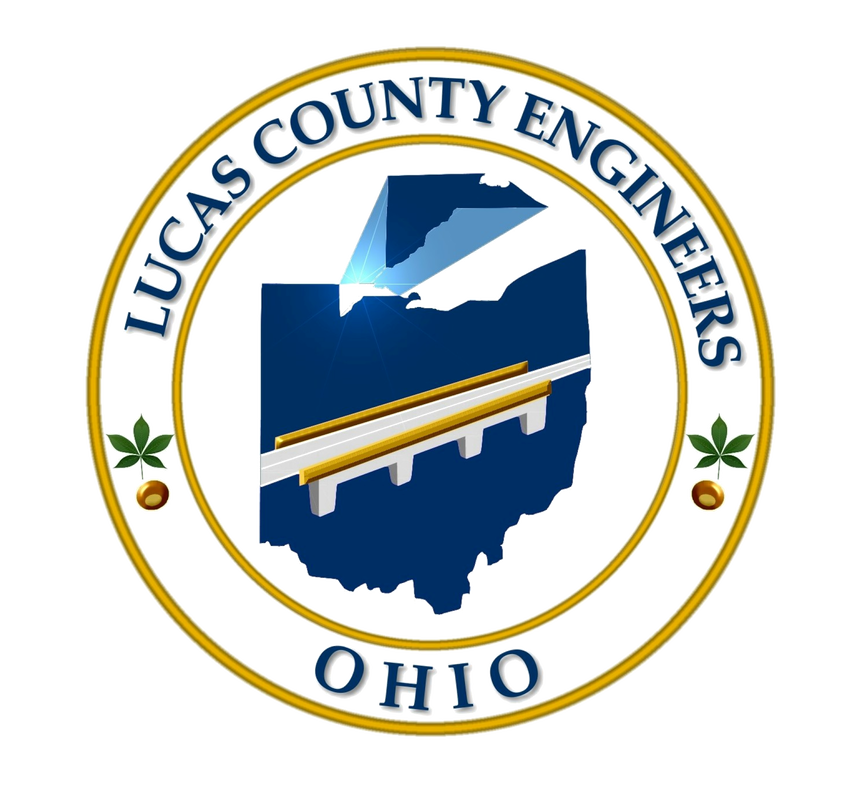Stormwater Management
Stormwater management is the effort to reduce runoff of rainwater or melted snow into streets, lawns and other sites and the improvement of water quality, |
Stormwater Dept. (419) 213-2860 |
What is stormwater management?Stormwater is generated from rain and snowmelt events that flow over land or impervious surfaces, such as paved streets, parking lots, and building rooftops, and does not soak into the ground. Flow from these events is considered runoff, picking up up pollutants like trash, chemicals, oils, and dirt/sediment along the way that can harm our rivers, streams, lakes, and coastal waters.
Communities, construction companies, industries, and others, use stormwater controls, known as best management practices (BMPs) to filter out pollutants and/or prevent pollution by controlling it at its source to protect our local water resources.
Population growth and the development of urban/urbanized areas are major contributors to the number of pollutants in the runoff, as well as the volume and rate of runoff from impervious surfaces. Together, they can cause changes in hydrology and water quality that result in habitat modification and loss, increased flooding, decreased aquatic biological diversity, and increased sedimentation and erosion. |
|
Lucas County maintains a National Pollutant Discharge Elimination System (NPDES) small MS4 permit through Ohio EPA. As the Operator of the permit, the County's permit is designed to prevent stormwater runoff from washing harmful pollutants into local surface waters.
Drainage Projects and Ditch Petitions |
Education |
Floodplain |
How do we manage stormwater?Lucas County and its co-permittees are required by the Ohio EPA General National Pollutant Discharge Elimination System (NPDES) Permit to develop and implement a Stormwater Management Plan (SWMP) designed to reduce the discharge of pollutants from the County's municipal separate storm sewer system (MS4) to protect water quality, and to satisfy the water quality requirements of the Ohio Revised Code and the Clean Water Act.
|
The benefits of effective stormwater runoff management can include protection of wetlands and aquatic ecosystems, improved quality of bodies of water, conservation of water resources, protection of public health, and flood control.
Lucas County adopted the first plan in 2003. An update in 2022 was necessary to reflect improvements made to the program since the last revision, and include new permit requirements by the Ohio EPA that went into effect in April 2021.
“The focus of our Storm Water Management Program is to improve the water quality in our streams, rivers, and Lake Erie by reducing the number of pollutants that are washed into them as a result of a storm or from various activities in the watershed," said Lucas County Engineer Mike Pniewski. "The plan does not specifically address drainage or flooding issues, or the repair or installation of storm drains."
“The focus of our Storm Water Management Program is to improve the water quality in our streams, rivers, and Lake Erie by reducing the number of pollutants that are washed into them as a result of a storm or from various activities in the watershed," said Lucas County Engineer Mike Pniewski. "The plan does not specifically address drainage or flooding issues, or the repair or installation of storm drains."
As required by the permit, the storm water management program must address six “minimum control measures”:
Lucas County Storm Utility Fund
|
Lucas County along with many of the cities, villages, and townships that make up Lucas County are under EPA orders as part of the Clean Water Act to keep pollutants out of receiving streams to the maximum extent possible. The implementation of these requirements has put a burden on budgets, causing some communities to form storm water utilities to help fund these unfunded mandates.
Lucas County has formed a Storm Water utility to fund these EPA requirements which have no dedicated source of funding and are a major source of flooding in our area. This Storm Water Utility is for the EPA Phase II areas only and includes eight named townships: Jerusalem, Washington, Sylvania, Springfield, Spencer, Monclova, Swanton and Waterville. |







